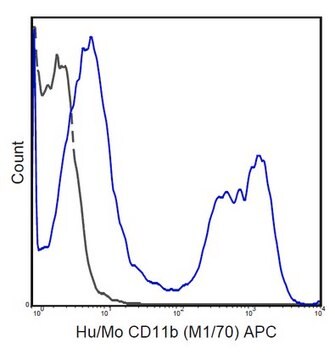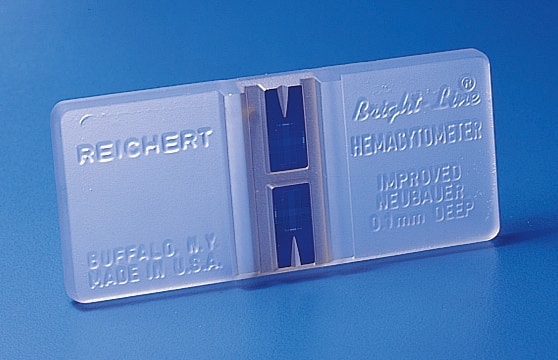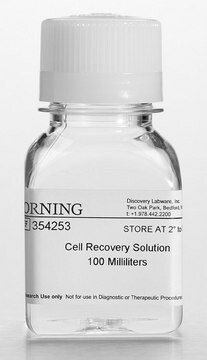FCMAB113A4
Anti-Oct-4 Antibody, clone 10H11.2, Alexa Fluor™ 488 conjugate
clone 10H11.2, from mouse, ALEXA FLUOR™ 488
Sinónimos:
Octamer-binding transcription factor 3, POU class 5 homeobox 1, POU domain class 5, transcription factor 1, POU domain, class 5, transcription factor 1, POU-type homeodomain-containing DNA-binding protein, octamer-binding transcription factor-3
About This Item
Productos recomendados
biological source
mouse
Quality Level
conjugate
ALEXA FLUOR™ 488
antibody form
purified antibody
antibody product type
primary antibodies
clone
10H11.2, monoclonal
species reactivity
human
technique(s)
flow cytometry: suitable
immunocytochemistry: suitable
isotype
IgG1
NCBI accession no.
UniProt accession no.
shipped in
wet ice
target post-translational modification
unmodified
Gene Information
human ... POU5F1(5460)
General description
Specificity
Immunogen
Application
Antibody dilution for cellular staining:
• Prepare an antibody working solution by diluting 1:5 the primary antibody with PBS.
• Dispense the volume per test of working of solution according to the number of cells indicated in the table below.
• 5 µL for Guava Flow Cytometer
• 10 µL for other Flow Cytometry instruments
| Working Solution | Cells / test | Total Reaction Volume |
|---|---|---|
| 5 μl | 5 x 105 Cells / 95 μl PBS | 100 μl |
| 10 μl | 1 x 106 Cells / 90 μl PBS | 100 μl |
Stem Cell Research
Pluripotent & Early Differentiation
Quality
Target description
Physical form
Storage and Stability
Analysis Note
Human embryonic stem cells
Legal Information
Disclaimer
¿No encuentra el producto adecuado?
Pruebe nuestro Herramienta de selección de productos.
Storage Class
10 - Combustible liquids
wgk_germany
WGK 2
flash_point_f
Not applicable
flash_point_c
Not applicable
Certificados de análisis (COA)
Busque Certificados de análisis (COA) introduciendo el número de lote del producto. Los números de lote se encuentran en la etiqueta del producto después de las palabras «Lot» o «Batch»
¿Ya tiene este producto?
Encuentre la documentación para los productos que ha comprado recientemente en la Biblioteca de documentos.
Nuestro equipo de científicos tiene experiencia en todas las áreas de investigación: Ciencias de la vida, Ciencia de los materiales, Síntesis química, Cromatografía, Analítica y muchas otras.
Póngase en contacto con el Servicio técnico








